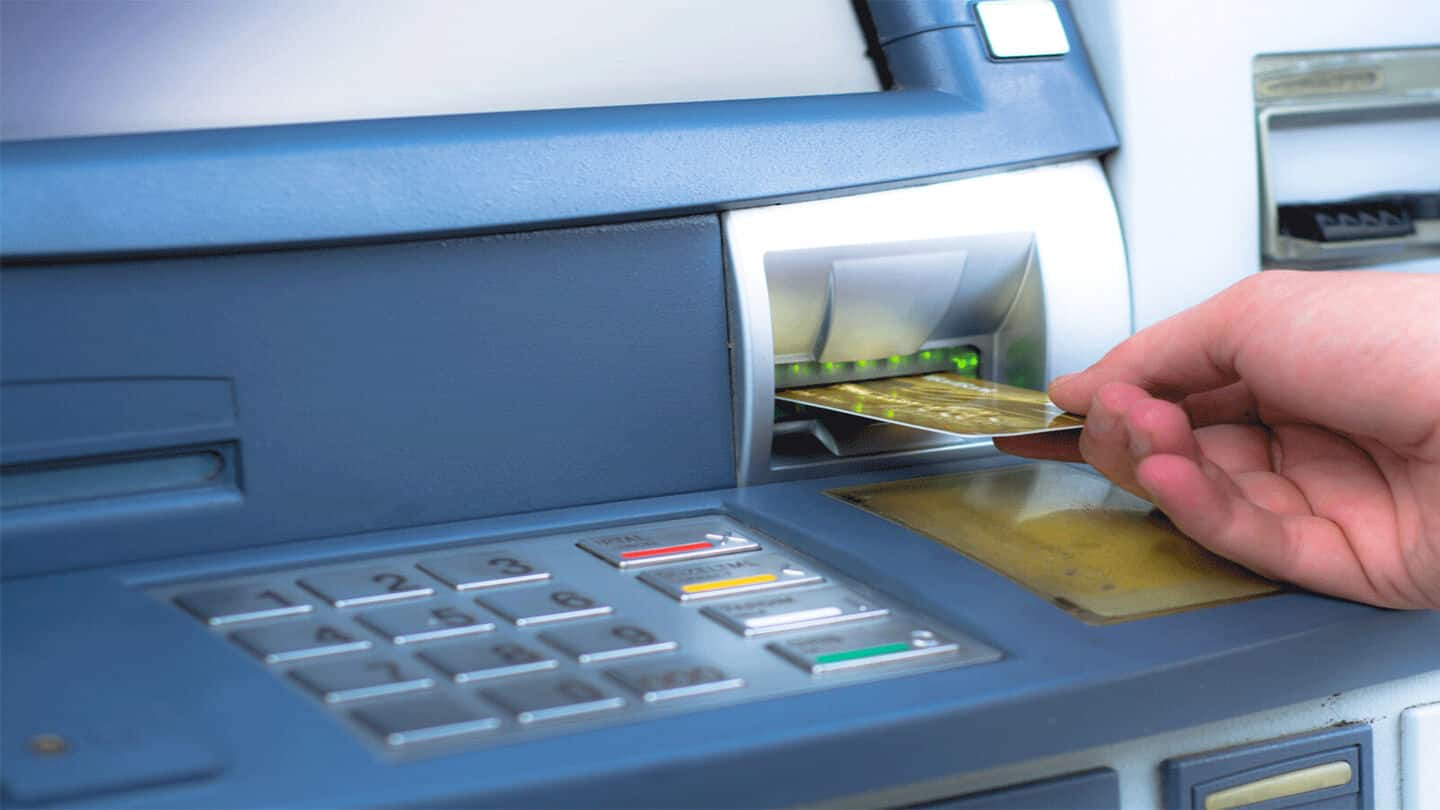
New ATM rules: These transactions become costlier starting today
What's the story
Starting May 1, 2025, ATM transactions will become costlier as the Reserve Bank of India (RBI) has approved a hike in interchange fees. Customers may now pay maximum of ₹23 per transaction, excluding applicable taxes (depending on the bank). The decision follows a proposal by the National Payments Corporation of India (NPCI) and comes after white-label ATM operators raised concerns over rising operational costs. The revised charges apply to both cash withdrawals and balance inquiries across bank and non-bank ATMs.
Free transactions
Revised charges apply after exceeding free monthly limits
According to RBI guidelines, customers get five free ATM transactions each month at their own bank's ATMs, covering both financial and non-financial transactions. At other bank ATMs, the free limit is three in metro cities and five in non-metro areas. The new charges apply only after these free limits are exhausted. The revised charges are applicable across all commercial and cooperative banks, regional rural banks, authorized ATM network operators, card payment systems, and white-label ATM providers operating in India.
Explained
What is ATM interchange fee?
An ATM interchange fee is the amount one bank pays another when its customer uses a different bank's ATM. For instance, if you're an HDFC Bank customer in Delhi and use an SBI ATM for a fourth monthly transaction, HDFC may charge you. This fee applies once the free transaction limit is crossed. Currently, banks can charge up to ₹21 per financial transaction.
Financial implications
Impact on customers and smaller banks
The hike in ATM charges will mostly impact transactions at ATMs outside a customer's home bank network. Smaller banks could be more affected as they depend on other banks' ATM networks. The increased interchange fee could also lead to higher maintenance charges for bank accounts, which could impact the customers' overall banking costs.